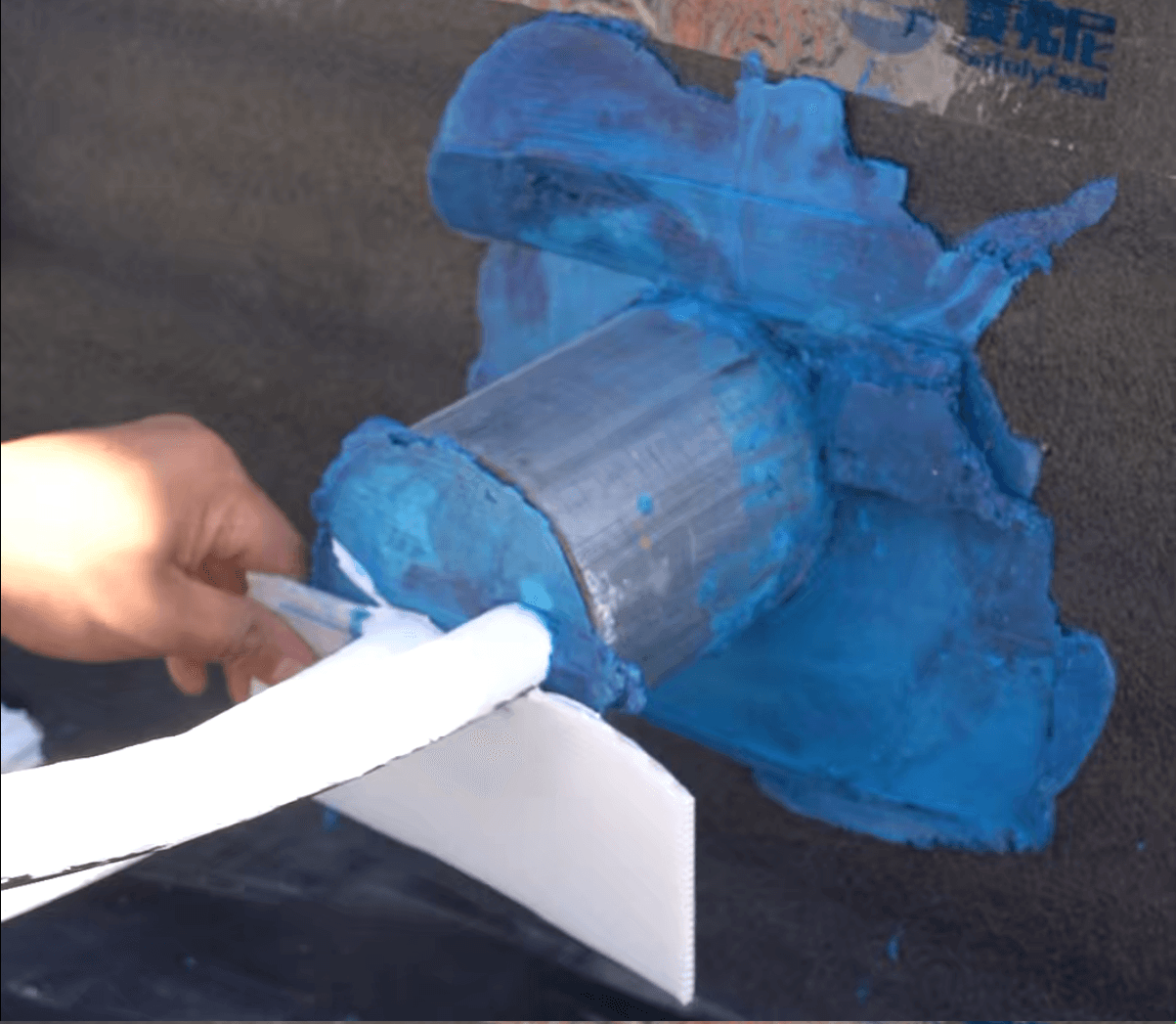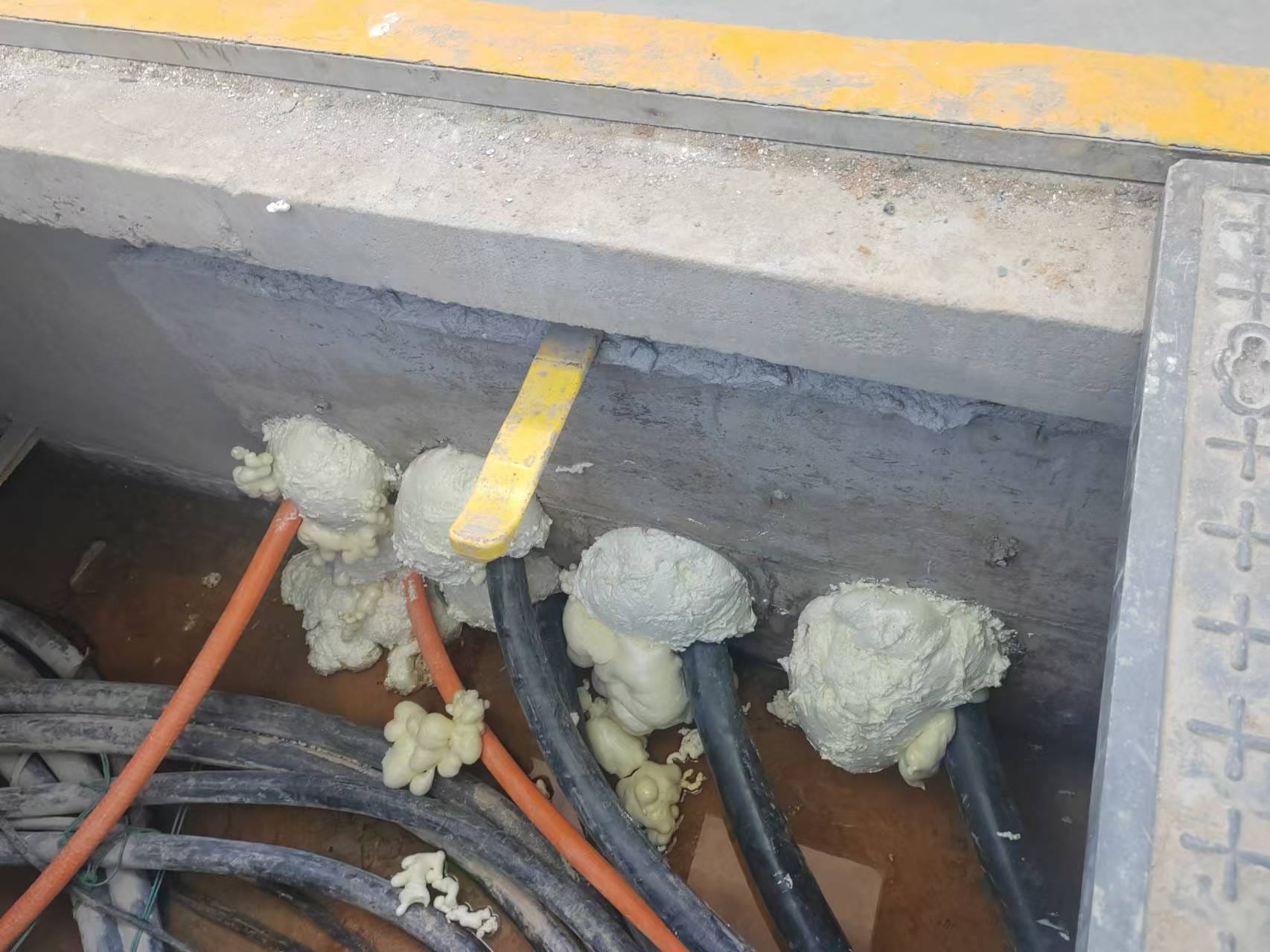Passive fire protection is made up of four things that work together to slow down the spread of fire and smoke, give people time to get out, and stop the building from getting destroyed.These four main areas are:
- 1.Compartmentation: This means dividing a building into separate fireproof sections called compartments to slow down the spread of fire and smoke.
- 2.Fire-Resistant Walls, Floors, and Doors:These barriers are built to resist fire and keep it in one place for a certain amount of time, so it doesn’t spread to other parts of the building.
- 3.Fire Stopping:Fire stopping refers to sealing gaps and penetrations in walls, floors, and ceilings to block the passage of fire and smoke.
- 4.Structural Fire Protection:This area focuses on protecting the structural elements of a building—such as beams, columns, and load-bearing walls—from the effects of fire.
Why is passive fire protection important for your business?
Knowing and doing these four things for passive fire protection is important for making your building safer and for following the rules about fire safety. Passive fire protection still works even if the active systems don’t, so your building and the people inside it stay safe.
FAQs About Passive Fire Protection:
1. What is compartmentation in passive fire protection?
Compartmentation is a technique used to divide a building into smaller, fire-resistance-rated sections or compartments. This helps to confine the spread of fire and smoke to a limited area, giving people more time to evacuate safely and protecting other parts of the building from damage.
2. How do fire-resistant walls, floors, and doors help in fire protection?
Fireproof walls, floors, and doors are built to resist fire for a certain amount of time—usually 30, 60, or 120 minutes—so the fire doesn’t spread to other parts of the building. This keeps people safe while they get out and stops the fire from ruining everything until the firefighters get there.
3. How does structural fire protection work?
Structural fire protection is about keeping the important parts of the building, like columns, beams, and walls that hold it up, from falling down during a fire. You do this by putting on fireproof stuff like coatings, cladding, or concrete that keeps the heat away from the parts that hold the building up.

Making sure your building has good passive fire protection is not just something you have to do because the rules say so. It’s also really important for keeping people safe and protecting your stuff. If you do the four things for passive fire protection—compartmentation, fire-resistant barriers, fire stopping, and structural fire protection—you can make it a lot less likely that something bad will happen if there’s a fire.





